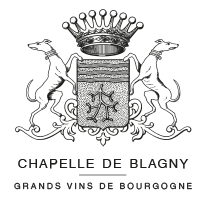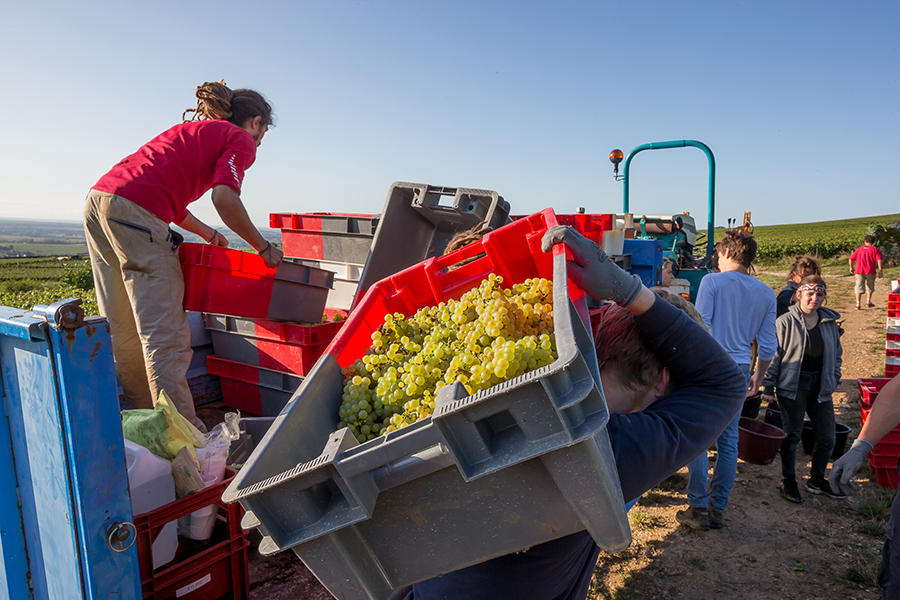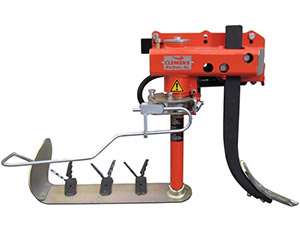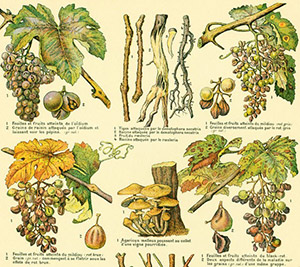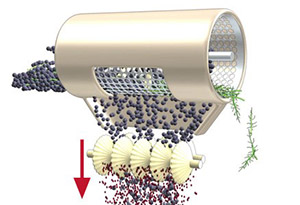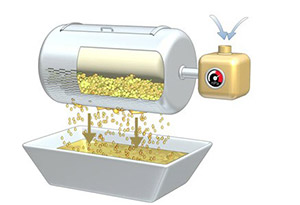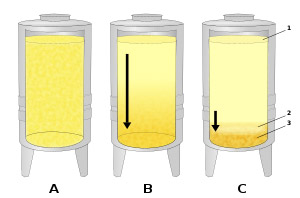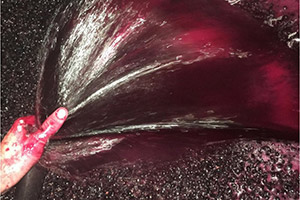CULTIVATION
Mindful of achieving sustainable viticulture within the magnificent Blagny terroirs and of contributing to the development of biodiversity, we strive to:
Work the earth regularly with ploughs and hydraulic tillers. This causes the roots to grow deeper into the ground, and avoids the need for herbicides, and encourages the development of microorganisms in the soil, which is essential for the plant to properly absorb minerals and trace elements that are necessary for its growth.
Re-consider our agrochemical usage. Protecting the vine against fungal diseases is assured primarily by contact fungicides, certified for organic cultivation. This is supported by strictly controlling the growth of the plant and limiting surrounding vegetation that is conducive to the development of mildew and powdery mildew.
Avoid using any insecticides, which favours the development and balance of auxiliary fauna while preserving the local ecosystem at the same time.
Conduct pruning that is suited to the vigour of our vines, limiting yield to favour good maturity and a healthy harvest.
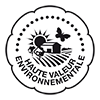
Since 2015, the estate is HVE certified (high environmental value). The 2017 audit allowed us to measure and appreciate the good progress that has been made since the beginning of this process.
VINIFICATION
Hand-picked harvest, as is only proper. The grapes are carefully carried in crates to our new vat room which is close by.
WHITE WINES
Following pneumatic pressing dof the clusters of grapes for two to three hours, the juices extracted are cooled if necessary, then débourbage occurs in vats for about 24 hours to allow the large particles to settle at the bottom of the vat.
The clear juice is then placed in oak barrels (maximum 30% new barrels), wherealcoholic et malolactic fermentation occur naturally.
Ageing (whilst still in barrels) continues until the harvest of the following year. The wines are then transferred to stainless steel vats for four to six months. This is a very important stage which results in the finesse and unity of our whites.
As soon as optimal clarification has been reached, we progress to fining then filtering and bottling.
RED WINES
Fermentation occurs in vats (100% destemmed harvest). If a healthy harvest allows, we keep the grapes in a cool, oxygen-free environment for 5 to 8 days (pre-fermentation cold maceration). Then alcoholic fermentation begins which lasts about six to ten days, during which we proceed to the remontage, aeration and pigeage stages depending on the time and the year.
The yeast gradually transforms the sugar into alcohol while giving off heat and carbon dioxide. The heat allows for successful extraction of pigments contained in the skin of the grapes and the alcohol extracts the precious tannins that are necessary for a good balanced wine. Together with the pigments, these express the wonderful aromas of our wines for many years.
When alcoholic fermentation is almost finished, we maintain everything at a temperature of 30° C for four to six days to extract the last of the sugar and tannins that are still present in the skins and seeds and thus encourage the expression of the fruit.
We then collect the flowing juice (free-run juice) and press what remains in the vat.
This pressing is done progressively. At each stage of pressing, the juices extracted are tasted, which allows us to only retain the best tannins.
Following a short stage in vats to allow the coarse lees to settle, we put the juices into oak barrels (approximately 30% new barrels) for about a year. This is followed by the transfer to vats ... Just like for our white wines.
